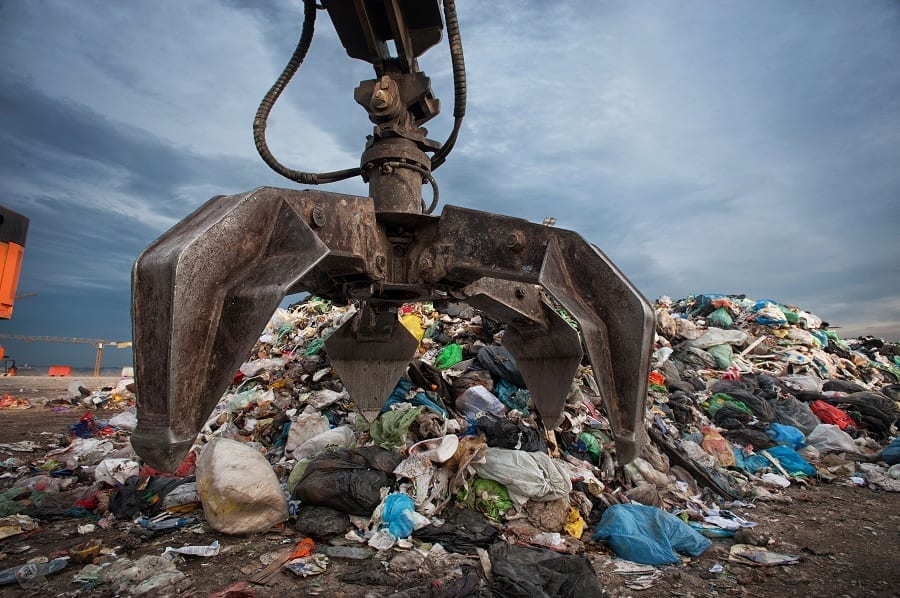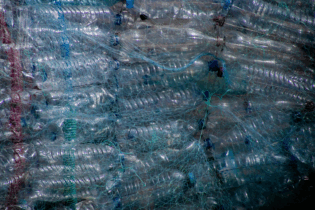Challenges
Industry insiders believe that one of the biggest challenges in the country is educating people about the opportunities that can be found and created in waste. Daniels said that positively however, this is something that South Africa has already successfully implemented in the waste tyre industry, but adds that opportunities for other waste streams are much larger.“This study shows the opportunities that exist and the catalyst needed to make waste a viable economic driver locally,” Daniels said.
Daniels explained that the biggest hurdle faced when encouraging circularity was funding. He said this has already been defeated. “If it were easy to recover and re-use materials profitably, then business would be doing so,” he said. “At a macro level, it is not only a necessity but also profitable once you take into account all the externalities that effectively subsidise a linear economy.” Redisa has seen the results of successfully implementing a circular economy approach in their organisation and was a runner in The Circulars 2016. Redisa was used as an example in a 2015 McKinsey Report as a case study to show how major economic and environmental benefits can be gained from turning ‘Waste into worth’. Using the SA General Equilibrium (SAGE) model to estimate the economy-wide impacts, and working with a scenario of 13 monetised waste streams, other key impacts of the study include:- The potential to increase domestic supply and lower prices of commodities through the re-introduction of recycled commodities.
- The increase in waste to electricity and plastics recycling adds the most value of the 13 waste streams, due to their sizable impacts on the supply and price of commodities.
- There is a notable decrease in the level of coal mining activity due to the decrease in coal-fired power generation, however this creates a significant upswing in gross value added (GVA) for electricity-intensive users such as non-ferrous metals, and iron and steel.
- Other key sectors such as agriculture and service experience an increase of more than 0.5% in GVA.
- Households experience an increase in income of up to 0.6% which is driven by increased returns in production factors and increased levels of employment.
- By reintroducing waste as an economic commodity there are a number of social and environmental benefits from removing waste from landfills, including impacts on health, greenhouse gas emissions, and reduced soil and water contamination.









